The Siege
In the long history of the world, there has never been anything quite like the moment when the Jewel of the World, the Queen of Cities, fell to her foes. At the moment of the city's collapse, black clouds filled the sky and a thunderous roar filled the heavens, as if the Wills themselves wailed in despair. As punishment for his vile crimes against civilized man, Amphitrion tore him and his men from this very world, although too late for the city. As the wind began to blow once more upon Lapara, even the very stones of her foundation were carried off as nothing more than ash.The six-day assault upon Lapara, the Queen of Cities, and imperial capital by Loryn Korba'Rel and his horde of followers was the end of his Great Invasion into imperial lands, leading to the very destruction of the city itself. Basileus Joannes IV was slain during evening of the fifth day of the crisis, leaving the empire without a clear successor and triggering the succession crisis that has effectively split the empire into three successor states.
The First Day - Placeholder Date
It was shortly before midday when the damned creatures finally arrived within sight, too numerous to count, and erected their camp just beyond the range of our Pyroboloi. There they stayed, shrieking their damnable, hellish, screams. May the three have mercy on me, for I cannot get that devilish cry from my mind.
On the morning of (placeholder), the Devarashi Horde camped outside the Land Walls of Lapara. Just as he had done at each of the imperial garrisons he had encountered on his way through the imperial heartlands, the self-proclaimed God-King Loryn Korba'Rel sent envoys demanding the immediate, unconditional, surrender of the city. Joannes IV, confident in the defense provided by the city's thick walls, bolstered by the fact that his opponents had no navy with which to blockade his ports and prevent the arrival of reinforcements, namely a Pesarese relief force and band of Ardhéan mercenaries, took no time to respond with his own terms, that the Horde immediately lay down arms and return whence they came.
Under cover of darkness, the Devarashi Horde made its first probing attack on the Land Wall, racing across the open plain and scaling the bricks. The imperial defenders, ready for such an assault, responded in a show of arms never before seen in modern warfare. The great Pyroboloi launched plumes of flame into the enemy ranks, setting the field of battle ablaze in such a conflagration that many citizens inside the capital mistook the fire for the rising sun. Having been thus introduced to the full extent of destruction the imperial engineers were capable of unleashing, the Horde retreated to the safety of its own camps.
A great cheer rose up from the defenders, many of whom had previously felt their cause to be unwinnable, who had defied the enemy's superior numbers and dealt the screaming devils a sound blow. This was sure proof, thought the more devout, that the Three Wills had sided with their beloved city and would continue to defend her from certain destruction.
The Second Day - Placeholder Date
It was the constant barrage from the imperial guns and the ensuing firestorms that kept Korba'Rel and his minions at bay for the first two days of the siege. The ground before the walls was littered with the charred remains of the very enemies of civilization that had accompanied the Mad King on his assault.
With the previous night's victory fresh in mind, Joannes IV and his generals decided to utilize every resource at their disposal to beat back and weaken their opponents' morale. Securing victory in this manner would be expensive, and would quickly deplete the city's stores of key materials. Checking the stockpiled stores, Quartermaster Damian Monachus reported the vast majority of city's materiel missing. Unable to explain the sudden loss, given that the warehouses were full only a few weeks prior, Monachus was executed for theft and treason. With the sea routes remaining open, the basileus decided to continue the course he had already decided, and made use of the Shining Path to send missives to each remaining imperial garrisons. The message was clear; they must provide quotas of Barouti stone and black sand, emptying their stores if necessary.
Twice more did the Horde make attempts upon the walls of the city, and twice did the imperial response shatter the advance. Unable to withstand the conflagration before them, the savages again retreated to the safety of their camps. As the sun began to set, with victory sure in their hearts, the city's defenders allowed their enemies to recover several bodies that had fallen in the fields below the Land Walls, but were horrified to see that the Horde began to tear apart and eat their fallen comrades. Shortly after, further attempts to recover corpses from the battlefield were rebuffed by a hail of crossbow bolts, as strict rationing orders had placed the Pyroboloi usable only when the walls themselves were under threat, at least for the time being. Loryn Korba'Rel is said to have recognized this for what it was, and smiled when surveying the field.
The Third Day - Placeholder Date
How relieved we were to see the galleys arrive, proof that the civilized world recognized our plight as theirs. As they approached, something caught my eye in the sky above. I looked up just in time to see a star fall from the heavens and strike several of the galleys, laden heavy with men and goods coming to our aid.
By the third day of the siege, both sides had developed plans for ultimate victory. The defenders had only to maintain their trade routes and allow resources from all corners of the empire to flow in, thus rendering the walls impenetrable for their savage assailants. The attackers had only to gain hold of the sea routes into the city, and thus strangle her by depriving her of goods necessary for her defense. The attacks on the walls were no longer in earnest, but quick feints planned to waste what little resources the city had available to her defense.
The Wills seemed to favor Lapara when a force of eleven galleys appeared on the horizon: seven approaching from the nearby province of Achenae, bringing goods as the basileus had commanded, four approaching from the city of Pesaro, laden with volunteers eager to defend the civilized world from the darkness of those who would destroy it. Once more, cheers rose up from within the capital and bells rang from the Temple of the Three Wills, heralding the arrival of the city's saviors, meanwhile the barbarian camp outside the city's walls, usually a hub of bustling activity, grew deathly silent.
What happened next remains a topic of debate for imperial historians. Some claim it an act of the Wills, while others point the finger at Loryn Korba'Rel, despite the events of the next few minutes are out of the realm of power of even the most learned and talented Magi of history. A massive ball of rock fell from the sky, crashing into the Akanthan Strait, shattering the cargo-laden galleys. The Pesarese vessels, however, had already rounded the strait and were free to approach the city. What is clear, however, is that the mood inside the city darkened considerably.
The Fourth Day - Placeholder Date
Without resupply, the imperial stockpiles of Barouti Stone were all but exhausted on the fourth day of the siege. As the great Pyroboloi fell silent, it became apparent that the imperial strategy of dispiriting the enemy had failed.
With the sudden closure of the Akanthan Strait, and the majority of Imperial Provinces within the Inner Sea already despoiled by the Horde's approach, the imperial situation became desperate. Stores of military supplies were running out and the basileus' last hope was centered on the intervention of nearby military governors. Again utilizing the Shining Path, Joannes IV sent directives to Genesios Doukas, governor of Ravenia and his cousin Leo Nikolaides, governor of Achenae, to dispatch themselves to the city without delay, conscripting every able-bodied man they encounter. Doukas mobilized early in the morning, but Nikolaides, whose own stores were depleted from his earlier shipment, began to gather materials, intending to mobilize his forces in the evening.
Meanwhile, the Horde's assaults on the walls became increasingly frequent, as the defenders' response began to die down. The six-hundred year old Land Walls stood firm until one assault in the middle of the afternoon, when a group of assailants had successfully scaled the walls near the Silversmith's Gate and briefly gained control of its gatehouse. The unlucky attackers who surged through the open gate encountered the basileus and his personal bodyguard of cataphracts. Quickly taking back the gatehouse, Joannes IV climbed the tower, waving a banner bearing the arms of the Nikolaides house, daring his enemy approach.
It is at this time that the two leaders likely caught sight of each other for the first time. It would not be the last, however.
The Fifth Day - Placeholder Date
The walls shake with the very approach of the abominations the damnable creatures have brought with them. Armored to the point of deflecting what bolts our crossbows have left, they lumber forth and lash at the walls with their massive club-like tails. The stones creak and shake under their blows and the mortar barely holds what remains together. If no reinforcements arrive before they find an opening, I fear this may be my last letter.
With the hope that imperial arms and valor would hold the walls plummeting, many in the city turned to the favor of the Wills to protect them. The bells of each and every temple rang with the prayers of the faithful and the smoke of sacrifice filled the air of the city proper. Joannes IV himself knelt in prayer, fully armored and girded for war, in the Temple of the Three Wills for the whole morning, before reports from the battlefield called him away.
Outside the city, a new terror arrived for the defenders. Beasts covered in shining black scales, twice as tall as their handlers and with tails that trailed several meters behind them, began to lumber forth from the Devarashi camps. As soon as they reached the Land Walls, these creatures began to whip their tails back and forth, slamming the club-like heads of their tails against the ancient stonework, which soon began to crack under the onslaught. No sooner were holes breached in the defenses than the attackers began to push their way through. For the first day since the erection of the Land Walls some six-hundred years prior, the majority of the fighting took place inside the limits of the city.
Day and night, the battle raged, inflicting a heavy toll on both sides. Joannes IV personally lead his forces in defense of the city, providing a valuable target for Loryn Korba'Rel. Late in the night, the two met saw each other from opposite sides of the Baker's Square. The basileus spurred his horse to engage his foe, and the Mad King ran forward to match. They were denied this duel, however, as an unknown member of Korba'Rel's horde ripped the basileus from horseback and bashed in his face with a stone gathered from the rubble.
The Sixth Day - Placeholder Date
By the time that we arrived, the city had already been lost and the vile creatures had begun to crawl through the gaps in the city's defenses. We readied ourselves for battle to put an end to this vile darkness that had befouled our empire, even if the city was lost. General Doukas, however, ordered us to turn away and fortify the province of Ravenia.
The sun arose on the sixth day to see the scene just as it was when it left the night prior. The remnants of imperial resistance were valiantly attempting to push back the overwhelming Horde, succeeding in some places while faltering in others. Victory for the defenders was simply not fated, and by noon, the Horde had penetrated into the central districts of the city. Anything from this point is pure speculation, but will be related for the reader.
Shortly after noon, Loryn Korba'Rel entered the Temple of the Three Wills and when he emerged from that holy place, a loud thunderclap rang. In that moment, Loryn and his Horde vanished from view. The city itself dissolved in the wind as if nothing but ash. Life itself began to wither and die in the imperial province of Akantha, leaving it a barren place of desolation surrounding the ruin of a city, of which not even the foundation remained.
The Jewel of the World
The field on which this battle took place is the glorious city of Lapara, lauded among poets as the Queen of Cities. According to popular account, the city was founded by the demigod Leparon fortified the city as the center of trade between the peoples of the Inner and Outer Seas and eventually as the capital of the empire to which she would give her name. Prior to the Great Invasion, the Jewel of the World had not been besieged for several hundred years.Belligerents
Strength
300 warbeasts
Casualties
Objectives
The End of an Empire
With neither a clear successor nor capital city, the Laparan Empire has effectively broken into three successor states, each of which make clame to be the legitimate successor to Lapara.
- The Achenaean Empire under Basileus Basil Nikolaides
- Ravenian Empire
- Khanakian Empire
Pyrobolos
Few pieces of military technology in common use are as recognizable throughout Eudokonia as the Imperial Pyrobolos. Originally created and designed by the Laparan College of Engineers thirty years before the Act of Empire, the manner in which a pyrobolos functions was a carefully guarded secret for hundreds of years. In 431AFE, reports that a rogue engineer had taught Ardhéan rebels the secrets of constructing the armaments were substantiated, and the weapon has since been constructed by various groups throughout the continent.
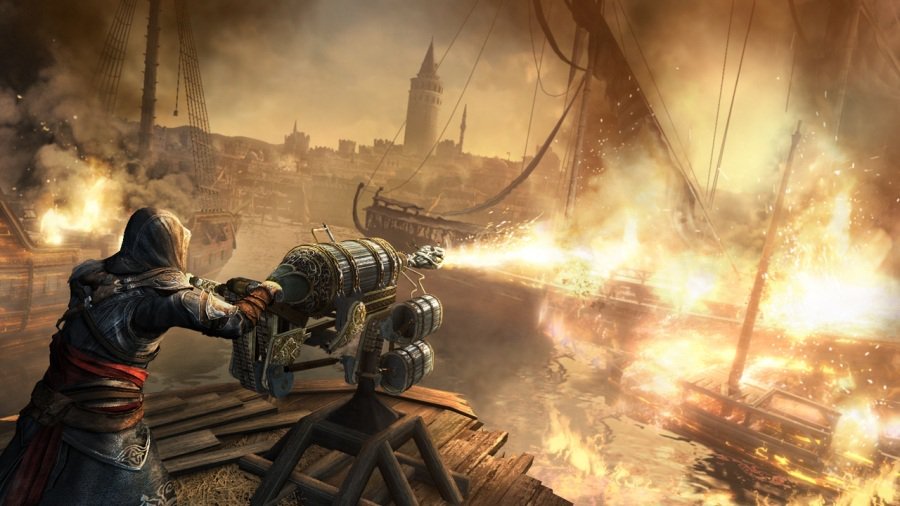
Devarashi Warbeast
The beasts used by the Devarashi Horde to breach the Land Walls are unknown throughout the extent of the Laparan Empire. In the months following the destruction of Lapara, Basileus Alexius Angelos of Khanakia sent scouts into the Great Wasteland to gather any intelligence they could on the origins or sudden disappearance of the Horde. Five years later, they found a large, carnivorous, species of reptile that fits the descriptions of the creatures used in the siege. Sending a few samples back for study, it appeared the mystery of the Devarashi Warbeast had finally been solved.
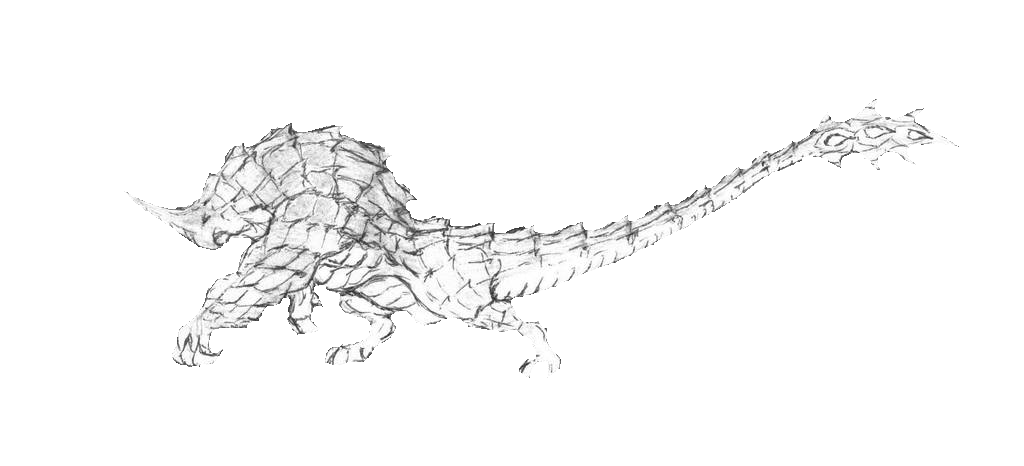
The Mad King Loryn Korba'Rel
Little is known about the self-proclaimed God who led the assault on the civilized world, although that has not stopped the endless flow of rumor and speculation. Survivors from other encounters describe him as an old man, standing well over a head taller than the minions that make up his army, and the possessor of a calculating stare. One popular theory as to his sudden appearance is that he is the servant to the ancient goddess Denemor, who was slain at the time of the creation of mankind, and that he came to exact the goddess' vengeance upon the world.
The Last Emperor
Joannes Alexandros Gregorios Nikolaides, known to posterity at Basileus Joannes IV, was crowned at the age of 16 and reigned for 18 years before he died in defense of the city during the Great Invasion. Childless and without immediate kin, his death triggered a succession crisis throughout the already-weakened empire.


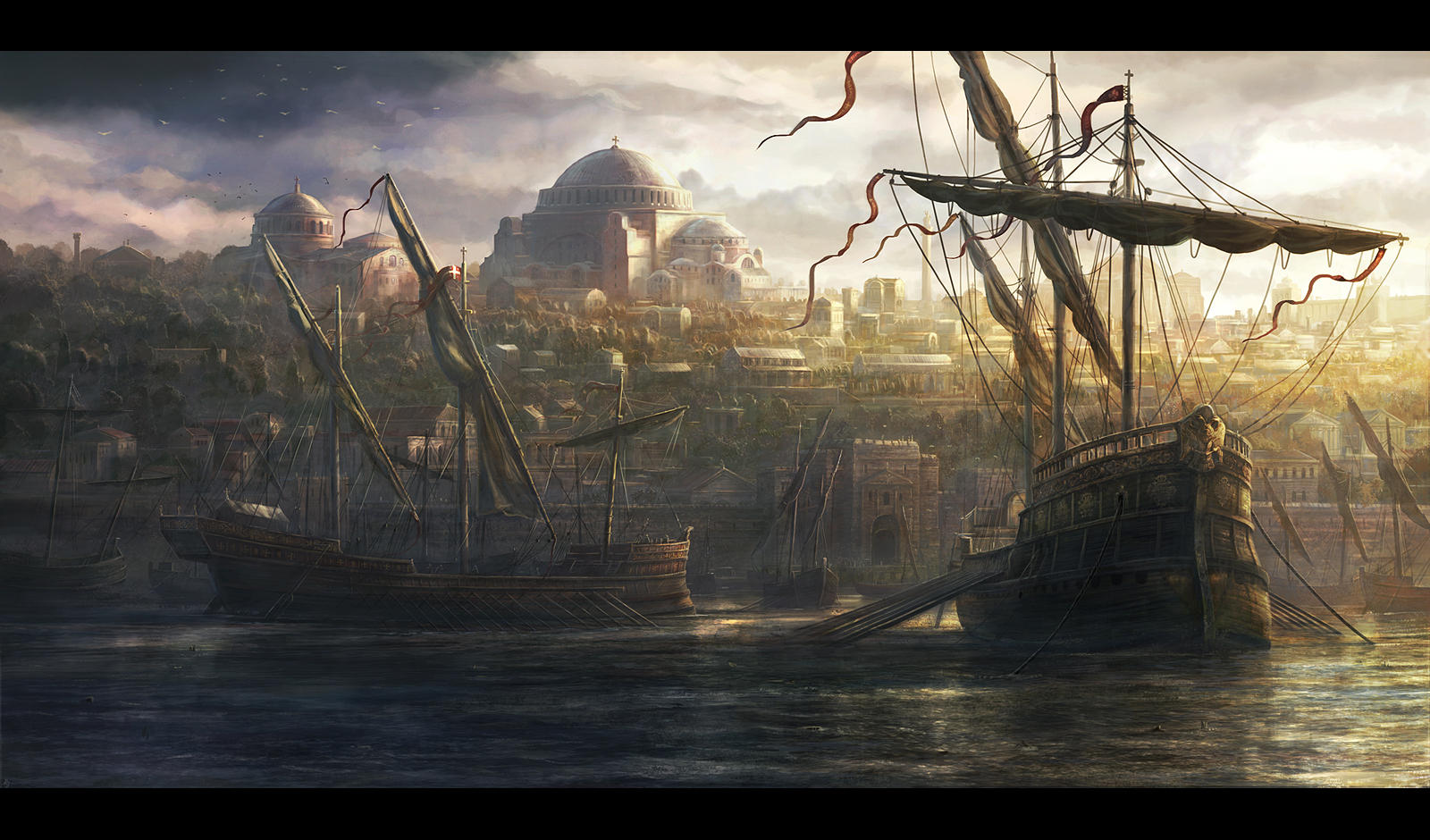





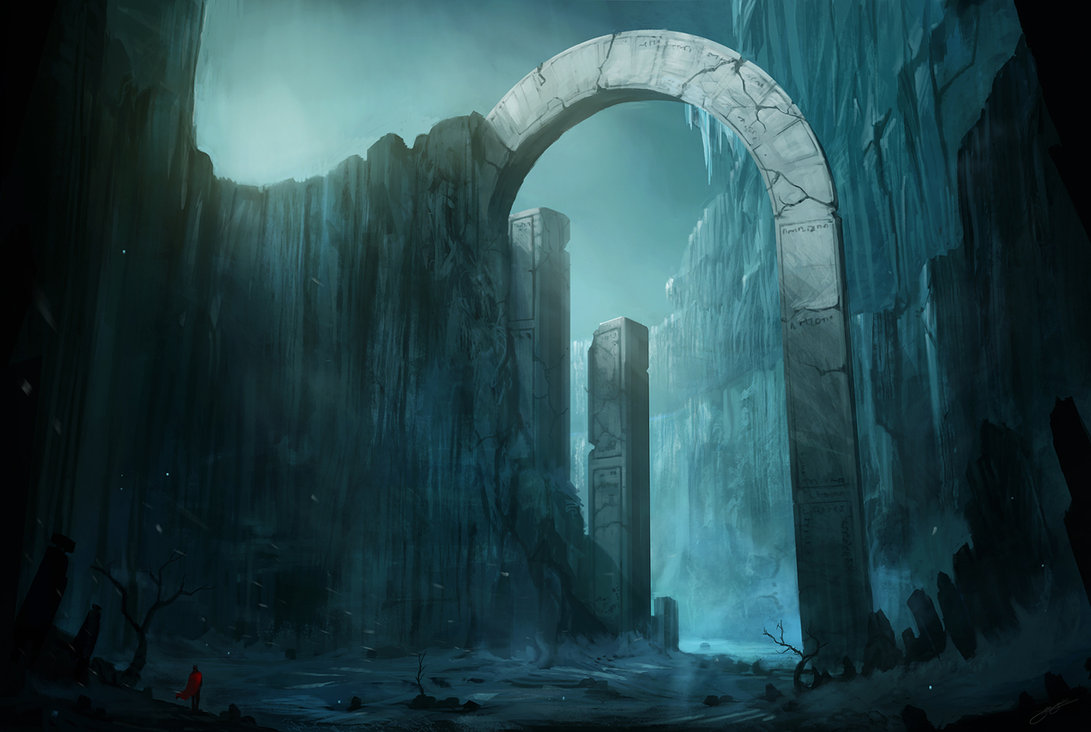

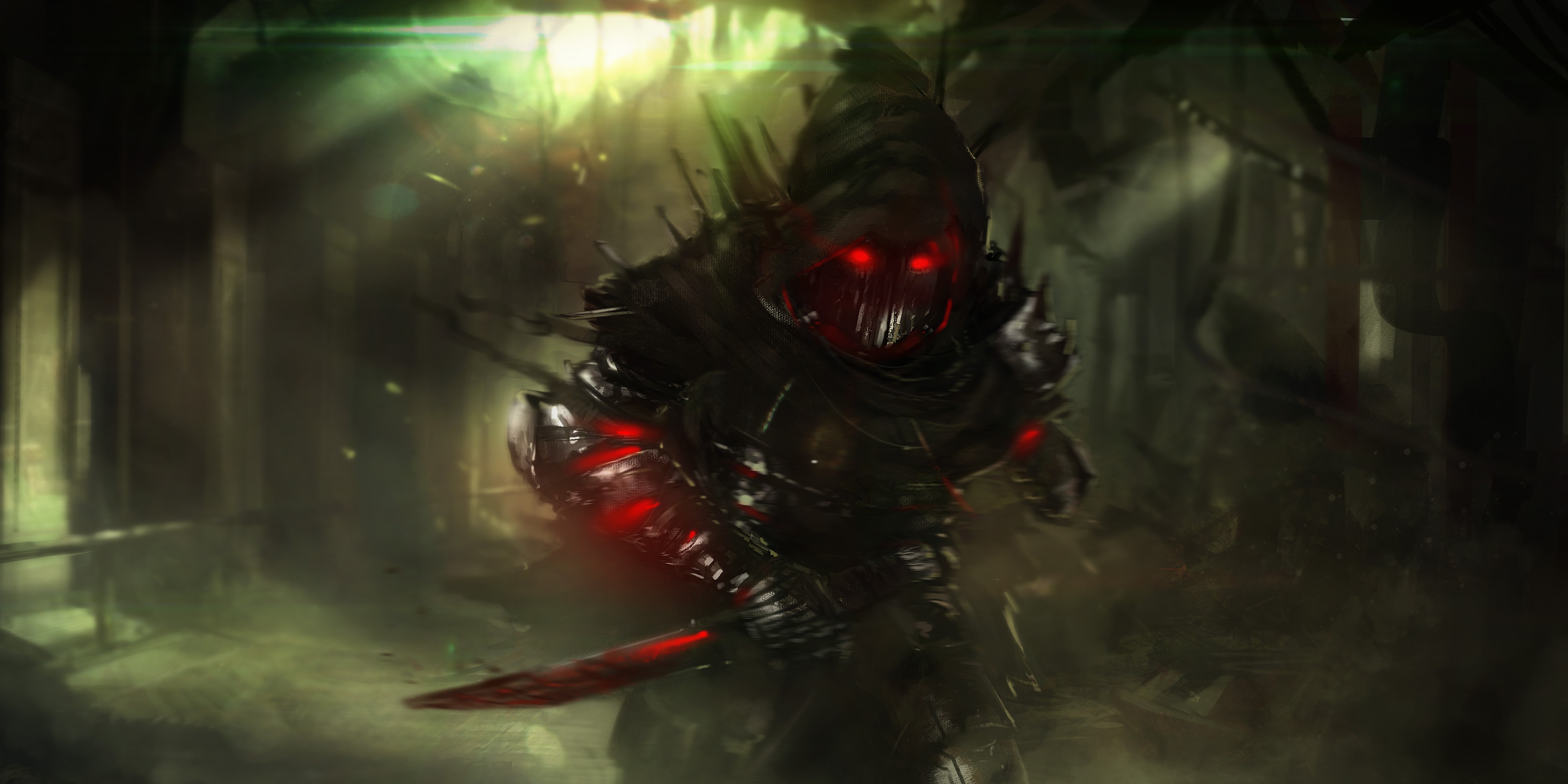

Hey David! Awesome to see some fantasy worlds! :D I have some observations I can give on the siege and some related things. Here goes. Compared to how sieges went in reality, six days is incredibly brief and there's no clear visual of either the arms or weaponry of the barbarians, or how they were able to attack a fortified city and breach it this quickly. Just building the siege weaponry takes a long time. On the same token, for a cities supplies to run out after 4 days seems extraordinarily rapid: was the city poorly run, supplies mismanaged and stockpiles neglected? So what exactly was this horde? How did they blast into the city so quickly? What does those Warbeasts look like? :) The result doesn't seem like a decisive victory for them if they all went poof, either. Is divine intervention like that common (or at least, it can happen) in this world? It can take some of the drama out of a story if you know the gods can and will intervene. Or is it just a legend, what people say happened but in actuality it didn't? Awesome stuff, keep up world-embering!
Creator of Araea, Megacorpolis, and many others.
Thanks for the tips. I think I've addressed the concerns you've brought up. I think.